Table of content
Introduction
Mulberries, with their sweet and slightly tart flavor, are a delightful fruit enjoyed by many. Whether fresh, dried, or used in various culinary preparations, mulberries offer a range of nutritional benefits, including vitamins, minerals, and antioxidants. However, before you can indulge in these delicious berries, it’s crucial to ensure they are properly cleaned to remove any dirt, pesticides, or other contaminants that may be present on their surface. This guide will provide a comprehensive approach to cleaning mulberries, ensuring that you can enjoy them safely and to their fullest potential.
Understanding Mulberries
Mulberries (Morus species) are the edible fruits of mulberry trees, which are native to warm temperate and subtropical regions of Asia, Africa, and the Americas. There are several varieties of mulberry trees, each producing fruits that vary in color, size, and taste. The most common types include:
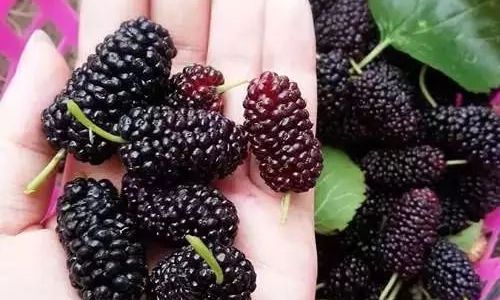
- White Mulberries: These have a lighter color and a sweeter flavor.
- Red Mulberries: These are darker in color and have a slightly tart taste.
- Black Mulberries: These are the darkest and often the sweetest variety.
Mulberries are known for their high nutritional value, containing vitamins such as C, K, and A, minerals like iron, calcium, and potassium, and antioxidants like resveratrol. They are also low in calories and high in fiber, making them a healthy snack option.
Importance of Cleaning Mulberries
While mulberries are nutritious and delicious, they can harbor dirt, pesticides, insects, and other contaminants. These impurities can pose health risks, especially if consumed in large quantities or if you have a weakened immune system. Proper cleaning not only removes these contaminants but also enhances the taste and overall experience of enjoying mulberries.
Steps to Clean Mulberries
Cleaning mulberries may seem straightforward, but there are several steps and considerations to ensure the best results. Here’s a detailed guide on how to clean mulberries:
Step 1: Inspection
Before you begin cleaning, take a moment to inspect the mulberries. Look for any signs of mold, insects, or other imperfections. Discard any berries that appear damaged or unhealthy. This initial inspection helps ensure that you’re only working with high-quality fruit.
Step 2: Rinse Under Cold Water
Place the mulberries in a colander or a strainer and rinse them under cold running water. Use gentle pressure to ensure that the water reaches all parts of the berries. Avoid using hot water, as it can cause the berries to soften and lose their shape, making them more susceptible to damage.
Step 3: Soak in Water and Vinegar Solution (Optional)
For an extra layer of cleaning, you can soak the mulberries in a water and vinegar solution. Create a mixture of one part white vinegar to three parts water. Place the mulberries in this solution and let them soak for about 5-10 minutes. The vinegar helps to break down any remaining dirt and pesticides on the surface of the berries.
After soaking, rinse the mulberries again under cold running water to remove any vinegar residue. Be sure to taste a berry after rinsing to ensure that no vinegar flavor remains, as it can alter the taste of your mulberries.
Step 4: Dry Thoroughly
Once you’ve rinsed and soaked (if using the vinegar solution), it’s essential to dry the mulberries thoroughly. Excess water can cause the berries to mold or rot quickly. You can use a clean kitchen towel or paper towels to gently blot the berries, removing as much moisture as possible. Alternatively, you can lay them out on a clean kitchen towel and let them air-dry for a few hours.
Step 5: Additional Cleaning Techniques (for Heavy Contamination)
If you suspect that your mulberries may be heavily contaminated with pesticides or other chemicals, you may need to take additional steps to ensure they are safe to eat. Here are a few techniques you can use:
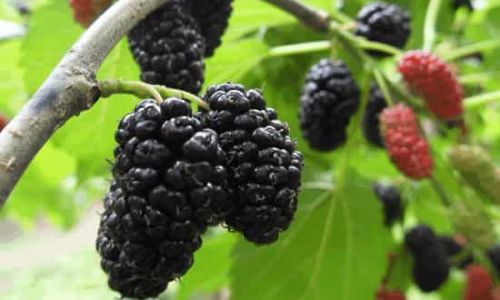
-
Vegetable Wash: You can use a commercial vegetable wash to clean your mulberries. These products are designed to remove pesticides and other contaminants from the surface of fruits and vegetables. Follow the manufacturer’s instructions for use.
-
Baking Soda Solution: Create a solution of one teaspoon of baking soda per cup of water. Soak the mulberries in this solution for about 5 minutes, then rinse thoroughly under cold running water. Baking soda is a natural cleanser that can help remove pesticides and other impurities.
Step 6: Handling and Storage
Once your mulberries are clean, it’s important to handle and store them properly to maintain their freshness and quality. Here are some tips:
-
Avoid Crowding: Store mulberries in a single layer on a paper towel-lined container or plate. Crowding can cause the berries to bruise and mold.
-
Refrigeration: Place the container in the refrigerator, where mulberries can stay fresh for up to a week. Be sure to check them regularly for signs of mold or spoilage.
-
Freezing: If you have a large quantity of mulberries, you can freeze them for longer-term storage. Wash and dry the berries as usual, then place them in a single layer on a baking sheet. Once frozen, transfer them to an airtight container or freezer bag. Frozen mulberries can be used in smoothies, baking, or as a frozen treat.
Step 7: Preparing for Consumption
When you’re ready to enjoy your mulberries, there are several ways to prepare and serve them. Here are a few ideas:
-
Fresh Eating: Simply enjoy them as a snack, on their own or with a dollop of yogurt or a sprinkle of granola.
-
Salads: Add mulberries to fruit salads or green salads for a burst of sweetness and color.
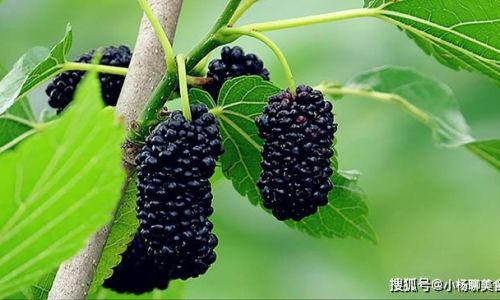
-
Baking: Use mulberries in baked goods such as muffins, pies, or cobblers. Their natural sweetness makes them an excellent addition to desserts.
-
Cooking: You can also cook mulberries down into a sauce or jam, which can be used on toast, pancakes, or waffles.
-
Beverages: Blend mulberries into smoothies or use them to make a refreshing mulberry lemonade.
Troubleshooting Common Issues
While cleaning mulberries is generally a straightforward process, there are a few common issues you may encounter. Here’s how to troubleshoot them:
-
Berries Floating in Water: If your mulberries float when you rinse them, it’s likely due to air pockets inside the berries. This is normal and doesn’t indicate that the berries are bad. Gently swish them in the water to ensure they are being cleaned evenly.
-
Mold or Rot: If you notice mold or rot on any of your mulberries, discard those berries immediately. Mold can spread quickly, so it’s important to remove affected berries as soon as possible.
-
Strong Vinegar Taste: If you used a vinegar solution to clean your mulberries and the vinegar taste is too strong, rinse the berries again thoroughly under cold running water. You can also soak them in a bowl of fresh water for a few minutes to help neutralize the vinegar flavor.
Conclusion
Cleaning mulberries may seem like a simple task, but it’s crucial for ensuring that you enjoy these delicious fruits safely and to their fullest potential. By following the steps outlined in this guide, you can remove dirt, pesticides, and other contaminants from the surface of your mulberries, allowing you to indulge in their sweet and tart flavor without worry. Whether you’re enjoying them fresh, cooked, or baked into a treat, properly cleaned mulberries will provide a nutritious and delightful addition to your diet. So, the next time you bring home a batch of these juicy berries, remember to clean them properly before enjoying every last bite.
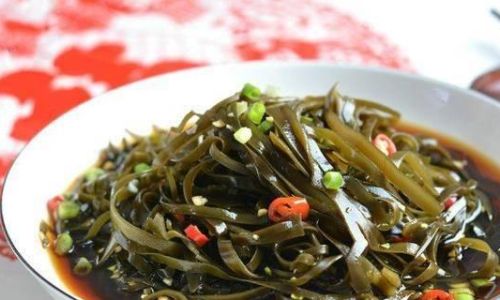
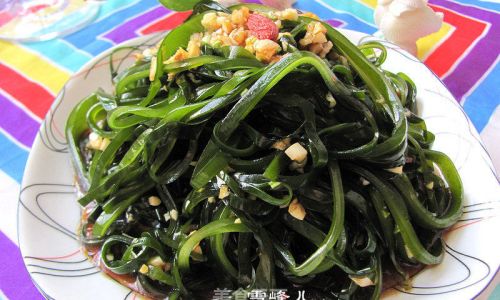

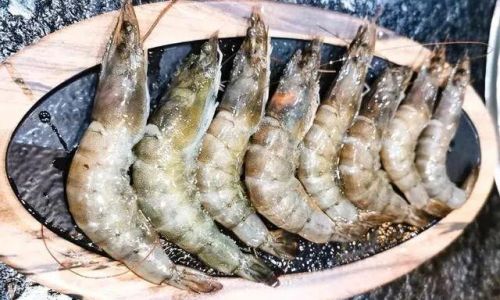
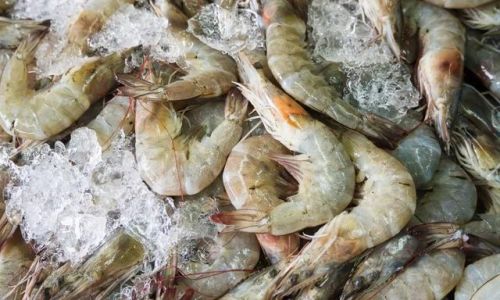
0 comments